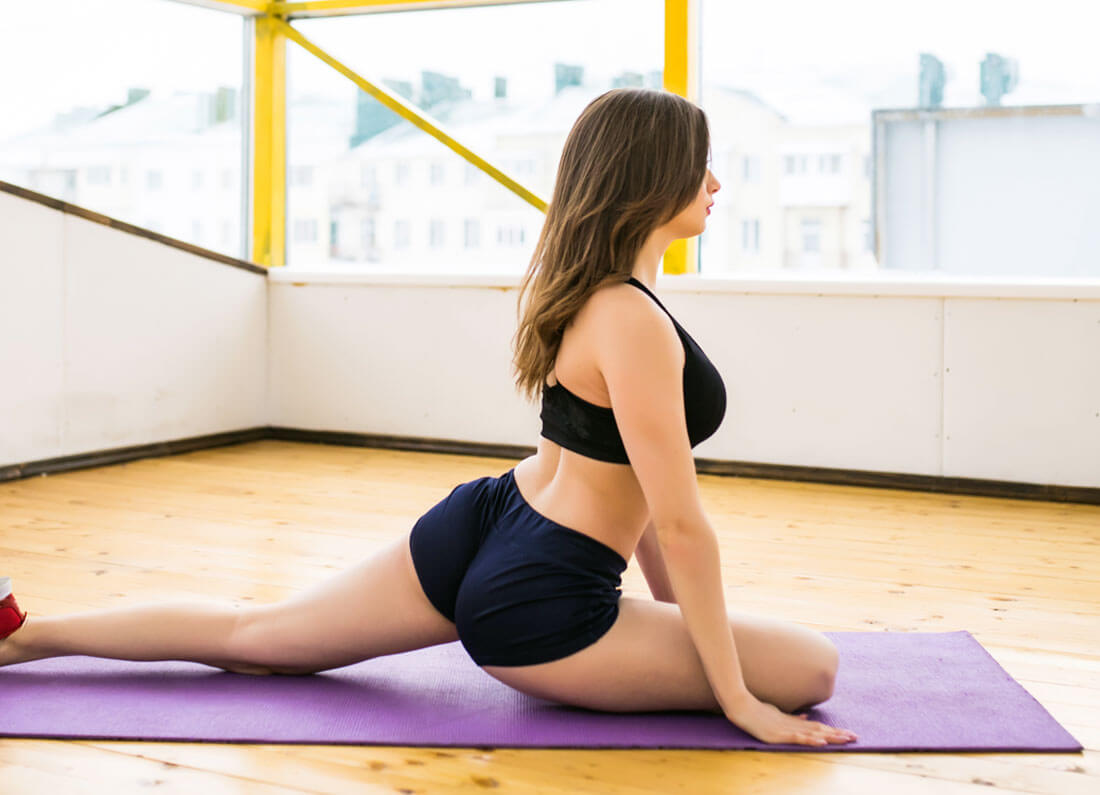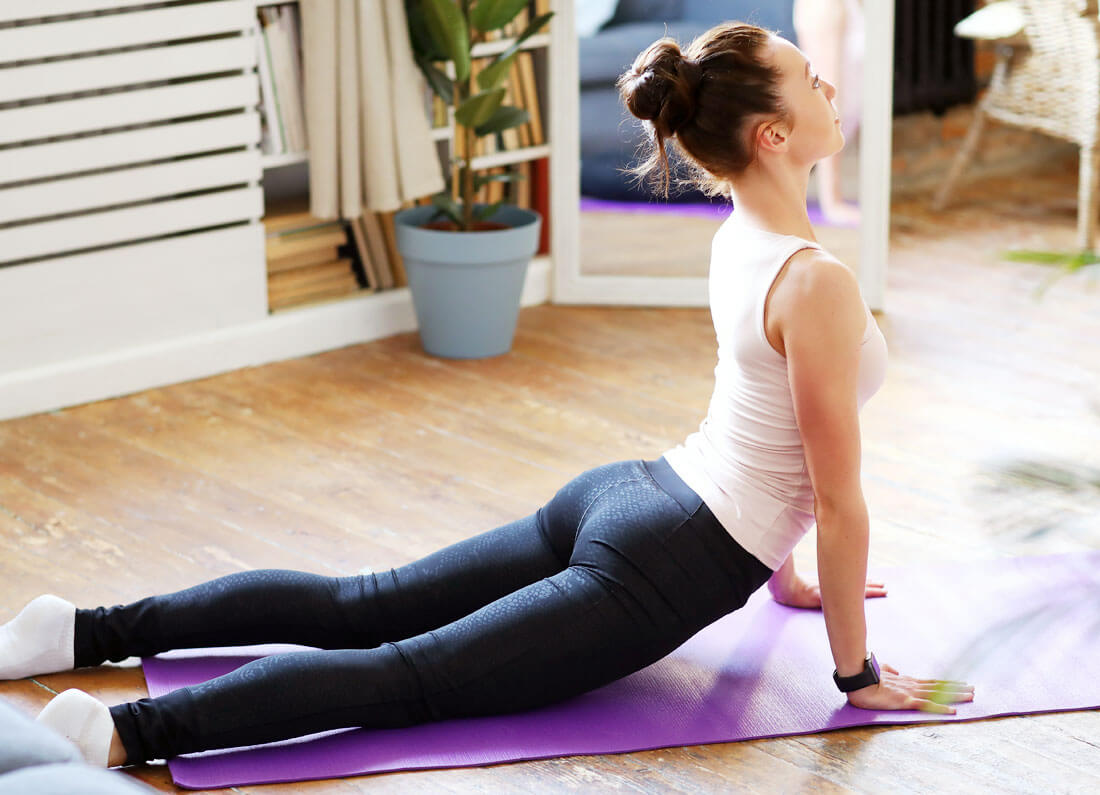Yoga is a beautiful practice that many people around the world enjoy. It is often described as “the journey of the self, through the self, to the self.” This phrase captures the essence of yoga and how it helps us discover who we truly are. In this article, we will explore what this journey means, why it is important, and how anyone can start practicing yoga in their own life.
Understanding the Journey
When we say yoga is “the journey of the self, through the self, to the self,” we mean that yoga helps us understand ourselves better. Imagine you are on a big adventure, exploring a new land. This land is your mind and body. In yoga, you learn about your feelings, thoughts, and how your body moves. Each pose and breath helps you discover new things about yourself.
Many people start yoga for different reasons. Some want to be more flexible or strong, while others want to feel calm and relaxed. No matter why you start, yoga takes you on a path of self-discovery. You can learn more about how yoga calms your mind here.
The Importance of Self-Discovery
Self-discovery is like finding hidden treasures in your own backyard. When you practice yoga, you uncover feelings and thoughts that you might not notice in your everyday life. For example, you may realize you feel anxious or stressed. By paying attention to these feelings during yoga, you can understand why they happen.
This understanding is powerful. It helps you make better choices in your life. You can learn to manage stress and find joy in small moments. Each time you practice yoga, you take another step on your journey of the self.
How Yoga Helps Us
Yoga offers many benefits. It helps with flexibility, strength, and balance. But more than that, it teaches us to be present. Being present means focusing on what is happening right now, instead of worrying about the past or future. This practice is important because it helps reduce anxiety and brings a sense of peace.
Imagine sitting quietly on your mat, breathing in and out. As you do this, you start to let go of worries. You feel your heart beat, the air fill your lungs, and your body relax. This moment of stillness helps you connect with yourself. It’s a beautiful part of the journey.
Getting Started with Yoga
If you want to begin your journey of self-discovery through yoga, you don’t need to be an expert. Everyone can practice yoga, no matter their age or ability. Here are some simple steps to get started:
-
Find a Quiet Space: Choose a spot where you feel comfortable and won’t be disturbed. This can be in your home, in a park, or anywhere you like.
-
Get a Mat: A yoga mat is helpful, but if you don’t have one, you can use a soft surface like carpet or grass.
-
Start with Simple Poses: Begin with easy poses like Child’s Pose or Downward Dog. These poses are great for beginners.
-
Focus on Your Breath: As you practice, pay attention to your breathing. Inhale deeply through your nose and exhale slowly. This helps you relax and stay present.
-
Be Patient: Remember, yoga is a journey. Don’t rush yourself. Each time you practice, you learn something new.
-
Join a Class: If you feel unsure, consider joining a yoga class. This way, you can learn from a teacher and meet other people on the same journey.
Yoga for All Ages
One of the great things about yoga is that it is for everyone, including kids! Children can also enjoy the benefits of yoga, like being more focused and calm. There are many fun yoga poses that children can try, like Tree Pose or Cat-Cow Pose. These poses can be playful and help them connect with their bodies.
Parents can join in the fun too! Practicing yoga together can be a wonderful bonding experience. It creates a space for communication and understanding, which is essential in any relationship.
The Mind-Body Connection
Yoga teaches us about the mind-body connection. This means that our thoughts and feelings can affect our bodies. For example, when we feel stressed, we might notice our shoulders getting tight or our hearts racing. Yoga helps us recognize these signals.
By practicing yoga, we learn to listen to our bodies. We become aware of how different poses and breathing affect us. This awareness is key in our journey to understanding ourselves. The more we practice, the more in tune we become with our own needs and feelings.
The Role of Meditation
Meditation is often part of yoga practice. It’s a time to sit quietly and reflect. Just like yoga, meditation helps us focus on the present moment. When we meditate, we can let go of our busy thoughts and just be. This practice is essential in the journey of self-discovery.
Meditation can be as simple as closing your eyes and focusing on your breath for a few minutes. You might start to notice thoughts that come and go, and that’s okay. The goal is not to stop thinking but to observe your thoughts without judgment.
Building a Home Practice
Creating a yoga routine at home can be very rewarding. You can practice whenever you want, in a space that feels good to you. Here are some tips for building your home practice:
-
Set a Schedule: Choose specific days and times to practice. This will help you build a habit.
-
Create a Playlist: Music can enhance your practice. Find songs that make you feel calm and happy.
-
Explore Online Resources: There are many videos and classes available online. These can guide you through different styles and levels of yoga.
-
Keep a Journal: After your practice, take a few minutes to write down how you feel. This can help you track your progress and feelings over time.
Connecting with Others
While yoga can be a personal journey, connecting with others can also enrich your experience. Joining a community, whether online or in-person, can provide support and inspiration. You can share experiences, ask questions, and learn from each other.
Participating in group classes or workshops allows you to meet new people who share your interests. This sense of community can be encouraging, especially when you face challenges in your practice.
The Spiritual Aspect of Yoga
For many, yoga is also a spiritual journey. It’s a way to connect with something greater than ourselves. This could mean different things for different people—nature, the universe, or a higher power. The spiritual side of yoga invites us to explore our beliefs and values.
When we practice yoga, we often reflect on our intentions and what we want to achieve in our lives. Setting intentions before a practice can create a focus for your journey. It could be anything from finding peace to cultivating gratitude.
Yoga as a Lifestyle
Yoga is not just about the poses; it can be a way of life. The lessons we learn on the mat can influence how we live off the mat. For example, practicing kindness and patience with ourselves during yoga can help us show kindness to others in our daily lives.
Adopting a yoga lifestyle means making choices that align with your values. This can include eating healthy foods, spending time in nature, and being mindful in our actions. The more we integrate these practices into our lives, the deeper our journey becomes.
Challenges Along the Way
Every journey has its challenges, and yoga is no different. You may face physical limitations, distractions, or emotional hurdles. The key is to approach these challenges with compassion. Yoga teaches us to embrace our imperfections and to be gentle with ourselves.
When you encounter difficulties, remember that it’s okay to take a break. Listen to your body and give yourself permission to rest. Each obstacle is an opportunity for growth and understanding, helping you progress on your journey of the self.
The Transformative Power of Yoga
Over time, many people experience significant changes through their yoga practice. These transformations can be physical, mental, or emotional. You might find yourself feeling stronger, more relaxed, or even happier. The journey of self-discovery opens doors to new possibilities.
Some people report improved relationships, better stress management, and a more positive outlook on life. This transformation shows how yoga truly is “the journey of the self, through the self, to the self.” Each step leads to a greater understanding of who we are and how we fit into the world.
Conclusion
Yoga is a profound practice that offers countless benefits. As we journey through life, we can learn more about ourselves, our bodies, and our minds. Remember that yoga is a journey, not a destination. Each practice, no matter how small, contributes to our overall growth.
Whether you are a beginner or a seasoned yogi, embrace the journey. Find joy in every breath and every pose. With time, you will discover the beautiful truth that lies within you. Yoga truly is the journey of the self, through the self, to the self.










Leave a Reply